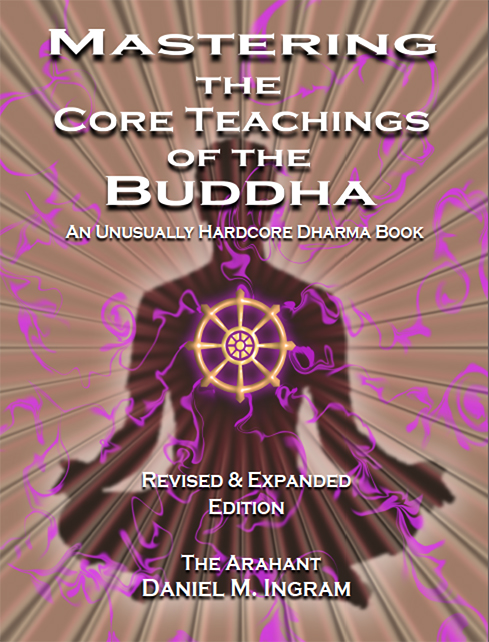The Sleep Models
← The Powers Models | The Specific Knowledge Models →
The sleep models generally relate to either sleeping less or being awake in some way while asleep. Sleeping less is common during retreats, particularly in some stages such as the A&P. I also know some people who, because of spiritual attainments, have reduced their need for sleep, and this has happened to me at points, but it hasn’t been sustained in my case.
More interesting than those effects are the possibilities of being awake in various ways during sleep. Lucid dreams and out-of-body travel are two commonly described effects, though many people who aren’t technically awakened also have these experiences. However, some dreams can show aspects of how awakening persists in the dream stage. I remember a dream in which I was giving a dharma talk. During the talk, I was putting about half of my attention on noticing the awake, centerless, luminous field of experience, just like what happens when I notice it when awake.
Taking the awake-during-sleep theme further, we have those who have developed the ability to stay conscious in some way throughout the night and not drop into unconsciousness or deep sleep at all. I personally haven’t managed this, though I haven’t emphasized those practices in my own training so far. Some models of awakening use some of these unusual sleep effects as part of their endpoint criteria.
You can find further information about models like this in books such as B. Alan Wallace’s Dreaming Yourself Awake: Lucid Dreaming and Tibetan Dream Yoga for Insight and Transformation, as well as Tenzin Wangyal Rinpoche’s The Tibetan Yogas of Dream and Sleep. I really like Tenzin Wangyal’s other works also, such as Wonders of the Natural Mind, and I recommend you check out his take on practice. Also recommended is Sleeping, Dreaming, and Dying: An Exploration of Consciousness with the Dalai Lama, edited and narrated by Francisco Varela. I personally haven’t yet done as much of those formal sleep-related practices as I have done the other practices that I discuss in this book, so if you want more information about them, you should get it from those who have experience with them.

